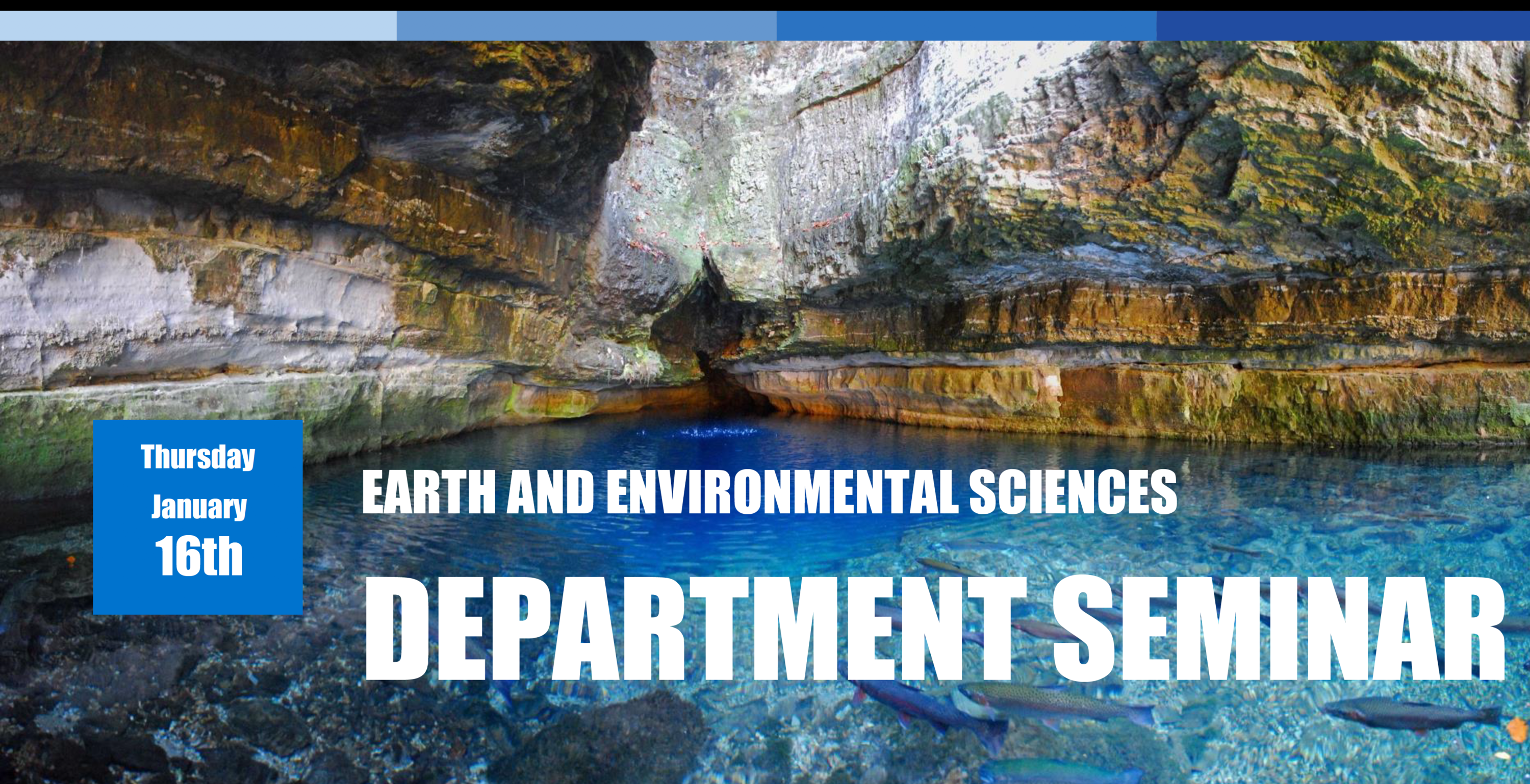
Join us on Thursday, January 16th, 2020 as the 2019-2020 CSEG Distinguished Lecturer, Dr. David Eaton, presents: Crustal Fluids, Friction and Faults: What can we learn from injection induced earthquakes?
Induced earthquakes - seismic events that are triggered by human activities - have been linked to various anthropogenic processes including deep underground mining, impoundment of a large surface water reservoir behind a dam, and subsurface injection or withdrawal of fluids. Several energy technologies, such as shale-gas development and enhanced geothermal systems, rely on subsurface fluid-injection processes that mimic certain naturally occurring phenomena. The deployment of these energy technologies has led to felt seismicity in some areas where certain necessary conditions are met, notably the presence of a pre-existing fault network and a hydraulic pathway connecting it to the injection source. Passive-seismic monitoring is a rapidly developing geophysical technique used to characterize fracture growth, fluid diffusion and fault activation across a range of temporal and spatial scales. Recent investigations of induced seismicity are yielding surprising new insights about fluid transport, ground motion, and the frictional behaviour of faults. Examination of induced events could therefore aid in understanding natural earthquakes in intraplate regions and, more generally, fluid-driven processes in the Earth’s crust.
